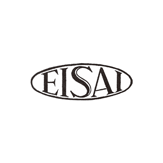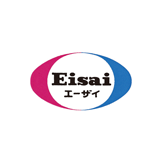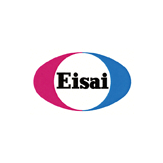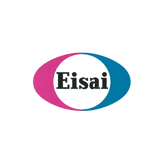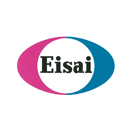Colors
The red and blue colors in the Eisai Logomark represent red oxygenated blood flowing through the arteries and blue deoxygenated blood flowing through the veins. Both types of blood flow incessantly through the heart, and our task is to prevent stagnation of the blood flow by promoting good health and improving quality of life.
Form
The stage on which we carry out our corporate activities faces neither East nor West; it faces out in all directions like the Earth itself. The globe-like design of the Eisai Logomark represents the world, where our activities are awaited equally in all its inhabited regions. Our company's focus lies neither at the top nor the bottom of this world stage, but aims to find the middle path, a central perspective, and a wholesome coexistence for all.








